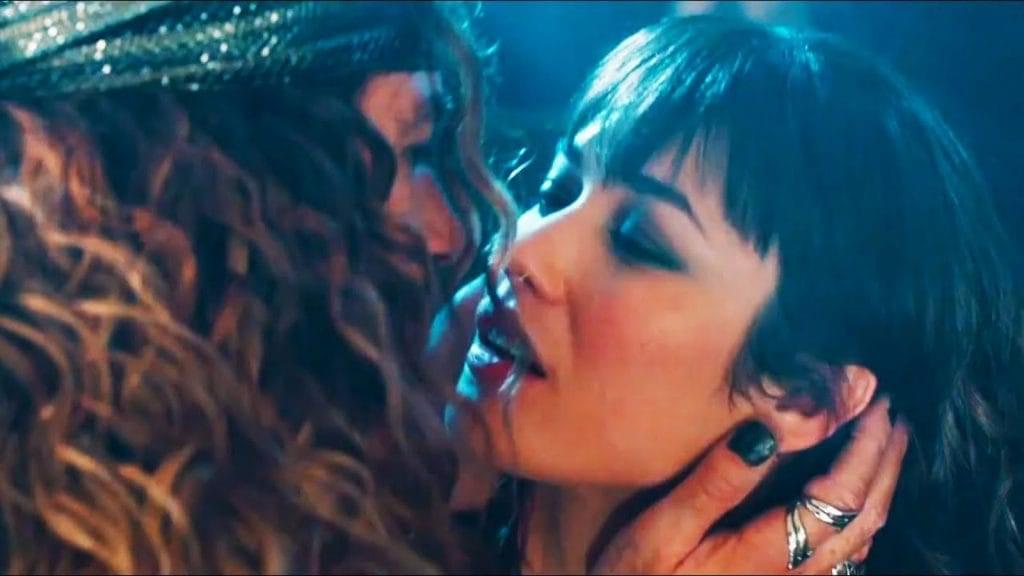
Unless you are a student of fine art photography or a rabid aficionado of classic avant-garde cinema, there is a strong possibility that you’ve never heard of Rudy Burckhardt (1914-1999), the Swiss-born artist who was a major force in the New York arts world in the post-war years. The wonderful and insightful documentary “Not Nude Though: A Portrait of Rudy Burckhardt” by Doris Kornish provides a rare glimpse into the Burckhardt orbit, spotlighting his astonishing oeuvre and his equally remarkable life story.
Born to a prominent family in Basel, Burckhardt arrived in New York in 1935 at the age of 21 to pursue a career in photography. Success was slow in coming, initially because Burckhardt was overwhelmed with the city’s massive scope and he was challenged in creating fine art photography which married the city’s population with its towering architecture. By the 1940s, Burckhardt hit his stride and began creating a classic series of photographs which captured both the vibrancy and the hopelessness of the great metropolis.
Burckhardt also began exploring filmmaking through the creation of short 16mm art films. “Not Nude Though” provides a rare opportunity to view Burckhardt’s cinematic output, which ranged from the stunning (the cinematic montage “Square Times,” which captured an endless parade of people from all shapes, shades and societal levels passing through the twilight hours of Times Square) to the delightfully silly (most notably “Lurk,” a riff on the Frankenstein movies in which artist Red Grooms was recruited to play the monster due to his alleged real-life resemblance to Boris Karloff). Burckhardt’s filmmaking was, to borrow the MGM logo, art for art’s sake; unlike John Cassavetes with his 1960 “Shadows,” Burckhardt never tried to push no-budget sidewalk filmmaking into the mainstream.
Later in his career, Burckhardt added painting to his talents, with an intriguing emphasis on nude portraiture. While his grasp of the brush often seemed to call up the celebrated naive works of Henri Rousseau and other ambitious primitives, Burckhardt nonetheless was able to secure gallery exhibitions for his paintings.
While “Not Nude Though” offers a rich celebration of the artist as a creative force, the film also presents Burckhardt at the epicenter of the postwar American arts explosion. Burckhardt was an inspirational force and creative partner to many major arts figures, including the poet Edwin Denby and the artists Alex Katz and Jackson Pollock (Burckhardt shot the famous late ’40s Art News photo spread of Pollock painting…or actually, pretending to paint since Pollock could not concentrate on his work while Burckhardt was focusing on him).
In “Not Nude Though,” Burckhardt emerges as a warm and humorous man who was mercifully free of pretension and self-promotional excess. When his first major photo show produced only one sale, Burckhardt responded with genuine laughter and stated he found the tepid response highly amusing. The commercial aspect of art did not distract Burckhardt; indeed, his film “Money” happily lambasted the American dollar-chase by having the world’s richest man enjoying his surplus good fortune by tap dancing in front of a bank. The film is laced with interviews by Burckhardt’s sons Jacob (a filmmaker) and Tom (an artist) plus Alex Katz, dancer/choreographer Yoshiko Chumo, and a genteel yet facetious George Schneeman who recalls Burckhardt’s adventures while attempting to finish a painting on a vase.
“Not Nude Though: A Portrait of Rudy Burckhardt” was ten years in the making by filmmaker Kornish and the resulting production is a true gift of love. Rarely does an arts documentary offer such a refreshing and insightful exploration into the creative process and the soul of a great man. For any person seeking out clues on how a great mind works, this film is well worth viewing.
